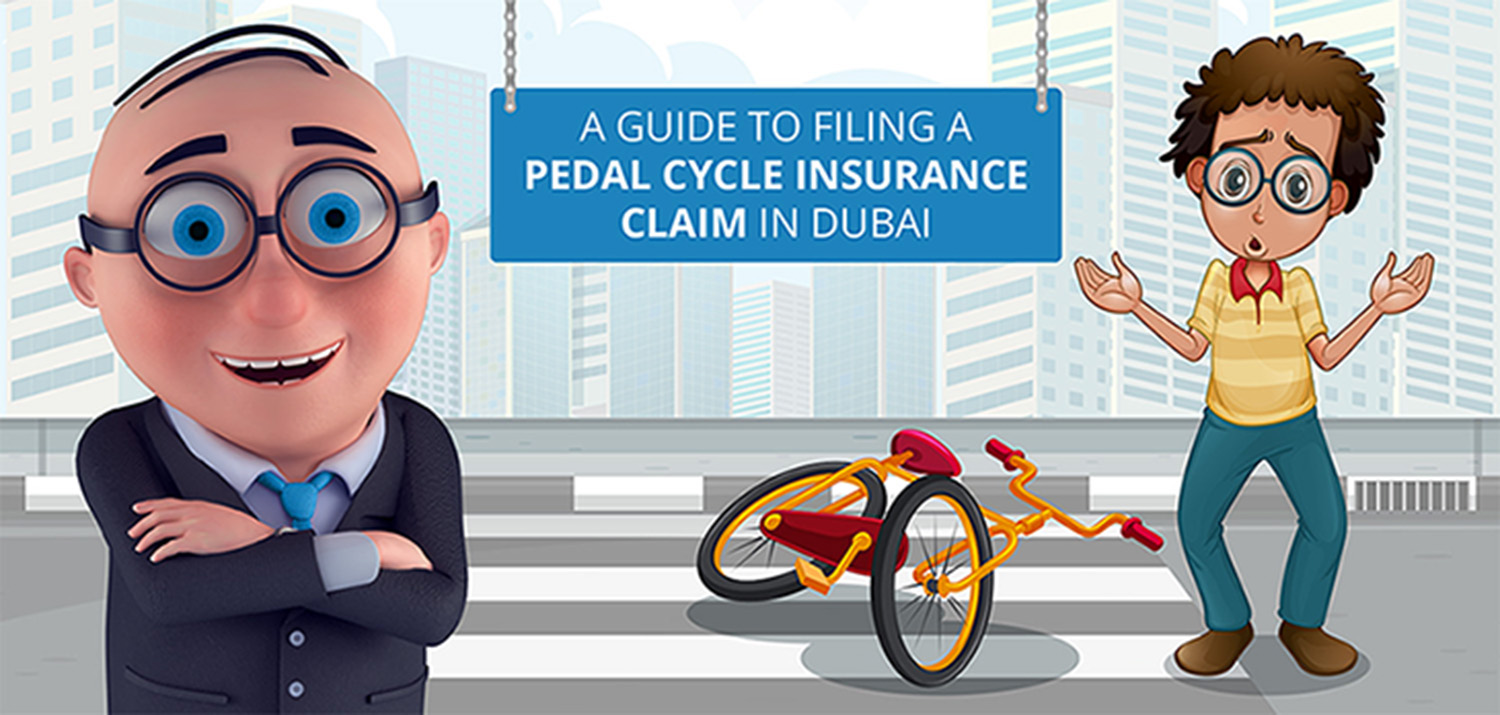Pedal Cycling is a big thing in Dubai because it’s a fun and eco-friendly way to get around. To keep your bike safe from unexpected troubles, having bike insurance is important. But if you ever get into an accident, you might need to make an insurance claim. This guide is here to help you understand the process easily. Let’s go through the steps together!
Step 1: Report the Incident
The initial step is to promptly inform your insurance company about the accident. Follow these guidelines:
- Contact your insurance company as soon as possible after the accident occurs.
- Provide them with all the pertinent details, including the date, time, and location of the accident. Clearly explain what transpired during the incident.
- Prepare to furnish your policy information, such as the policy number and any other relevant details.
Step 2: Collect Documents
To support your claim, you’ll need some important documents. Here’s what you might need:
- Proof of Ownership: Show that you own the bike by providing purchase receipts, invoices, or any other documents that prove it’s yours.
- Police Report: If your bike was stolen, vandalized, or involved in a collision with a vehicle, it’s very important to get a police report. Contact the police right away and give them all the necessary information.
- Repair Estimates: If your bike needs repairs, get repair estimates from authorized repair shops or service centers. These estimates will help determine the cost of repairs and make the claim process easier.
Step 3: Fill Out the Claim Form
Your insurance provider will give you a claim form that you need to fill out correctly. Follow these steps:
- Fill in the form with all the required information, like your personal details, details of the accident, and any supporting documents.
- Check the form to make sure everything is accurate and that you’ve filled in all the necessary sections.
Step 4: Provide Proof
To make your claim stronger, provide some evidence. Consider the following:
- Take clear photos of the damaged bike from different angles. These photos will show the extent of the damage and support your claim.
- If there were any witnesses to the accident, gather their contact information and ask them to write a statement about what they saw. These statements can support your claim and confirm your side of the story.
Step 5: Submit the Claim
After you’ve completed the claim form and gathered all the necessary documents, submit your claim to the insurance provider. Remember to:
- Make copies of all the documents for your own records before you submit them.
- Send the claim form and supporting documents using the method specified by your insurance provider, like email, an online portal, or in person.
Step 6: Stay in Touch
Throughout the claim process, keep in touch with your insurance provider. Here’s what to remember:
- Check regularly to see how your claim is progressing and ask if they need any additional information or documents.
- Respond quickly to any requests or questions from your insurance provider to make the claims process smoother and faster.
Conclusion
If something happens to your bike in Dubai and you need to make an insurance claim, it may feel overwhelming. But don’t worry! With the right info and support, it can be easy. Just report the incident right away, gather the needed documents, fill out the claim form carefully, show evidence, and keep in touch with your insurance company. If you have any questions or need help, reach out to your claims manager or insurance provider. They’re there to guide you and provide the information you need.
Remember, bike insurance is there to protect your valuable two-wheeled friend, giving you financial security and peace of mind. Enjoy cycling in Dubai, knowing that you have the right coverage and knowledge to handle any unexpected events that may come your way.


